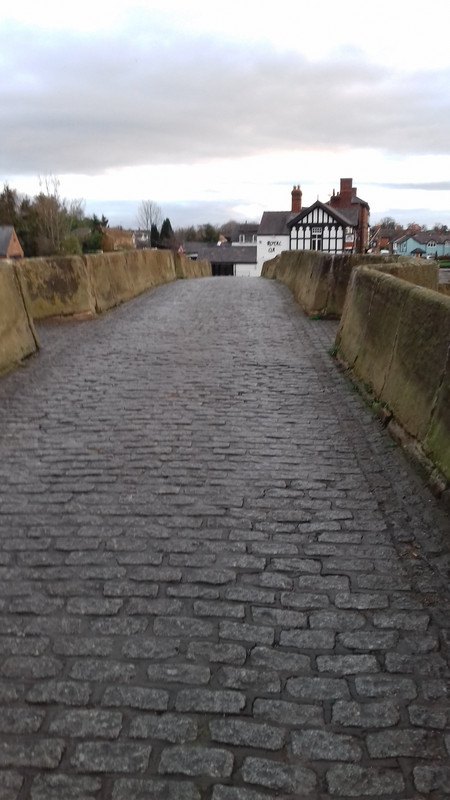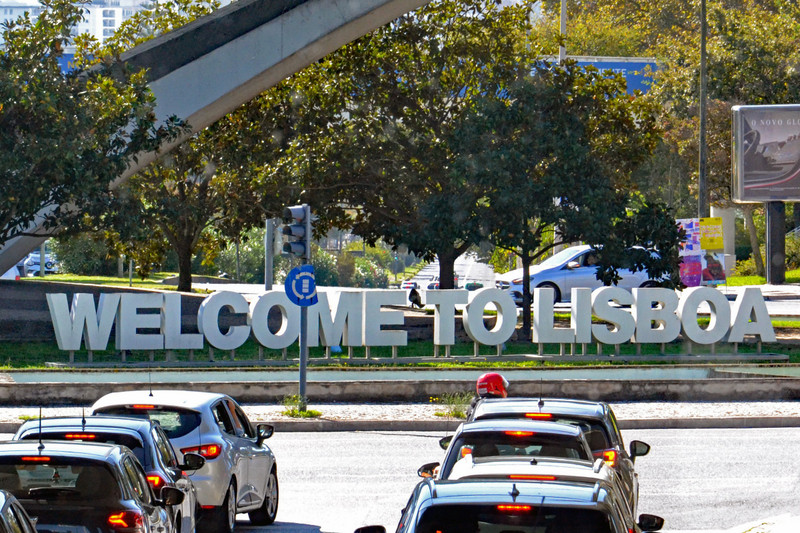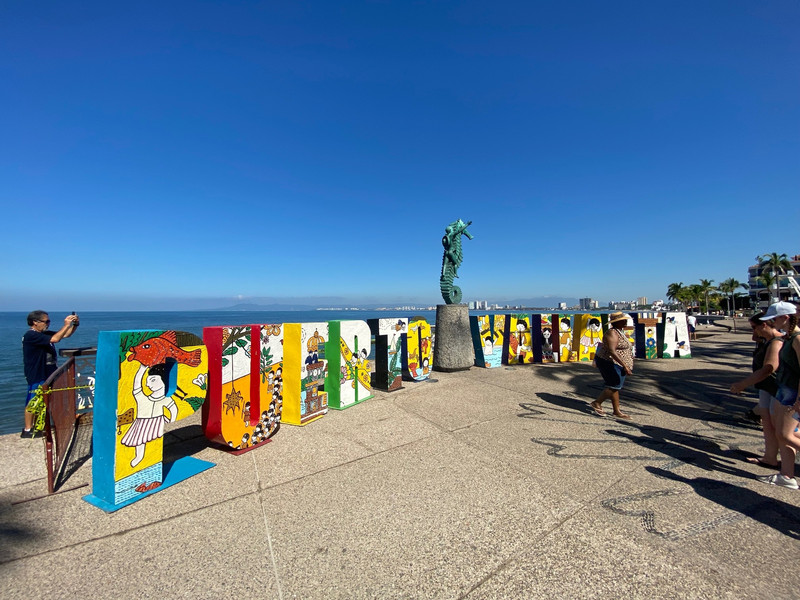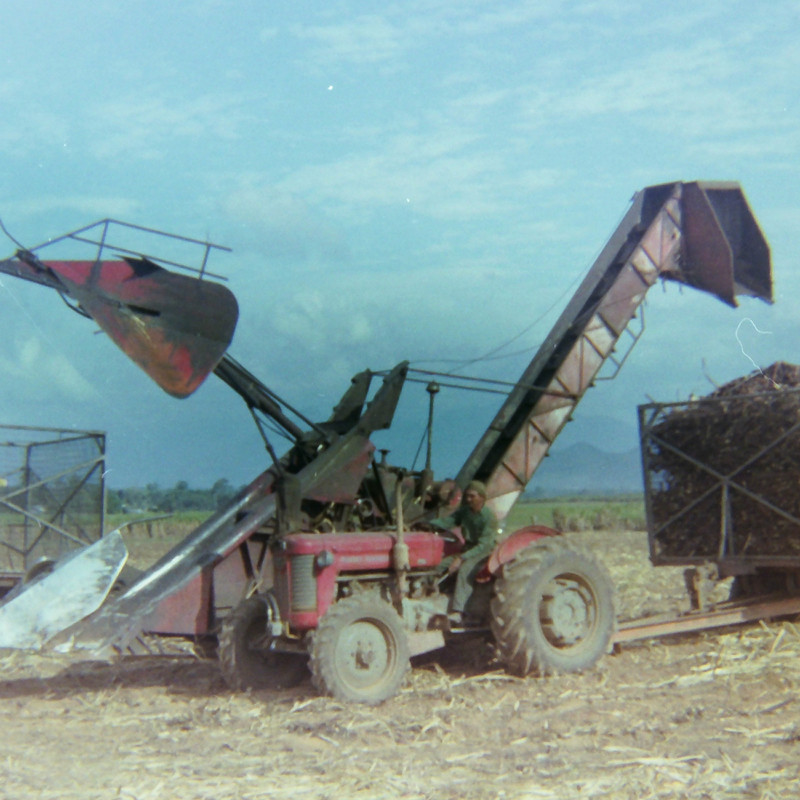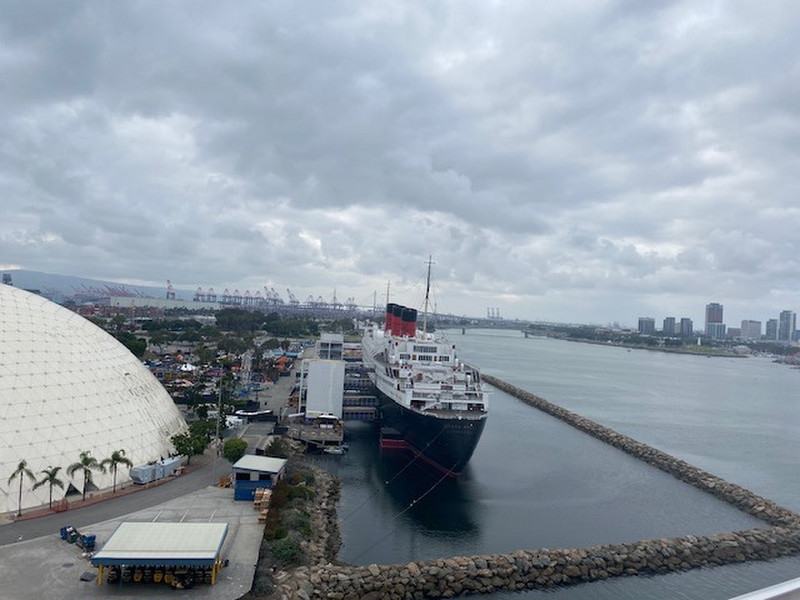It is hard to believe we have been here now for a whole week . Dust . Dust . Dust everywhere . We are getting used to being covered in dust . Dust in our hair making it feel like straw. Blowing our noses and finding dust up there . It never seems to wash out . What we need is a walk to blow the cobwebs away and get rid of the dust .
I set off heading for the river . It is not far to walk to . The rain had swelled it up. It was pretty impressive. The village have provided a riverside walk and opportunities for salmon fly fishing in the spring . The village have tarmaced the path and provided points of interest along the way . It made a change walking along a riverbank rather than through a large housing estate. I stood for a while looking back at the bridge . It was an ancient crossing point and first built of wood . The present red sandstone impressive structure was built in the 16th century . The bridge is five arched and believed to have been built by Inigo Jones . It
is a narrow bridge with parapets affording shelter for anyone walking over it . The bridge has been repaired many times - 1757 for repairs and strengthening of the river banks . Again repairs in 1843 following flooding . The arrival of the motorcar damaged the bridge further . I remember crossing it using traffic lights in the 1970s .
The small village was dependent on agriculture which supported the local crafts - the blacksmith , the miller , the wheelwright , shops , basket maker and coracle makers, plus fishing on the Dee. In the 19th century the train arrived at Bangor. Public houses it had a few . More than now . Just the Buck and the Royal Oak remain .
As I walked I noticed mosaics set into the path. All made by the local children they depicted life on the Dee . From the plants that grew along the banks to the salmon fished in the waters. Swans picked out in small mosaics . Weeping willows lined the banks . Kingfishers mentioned on the information boards
